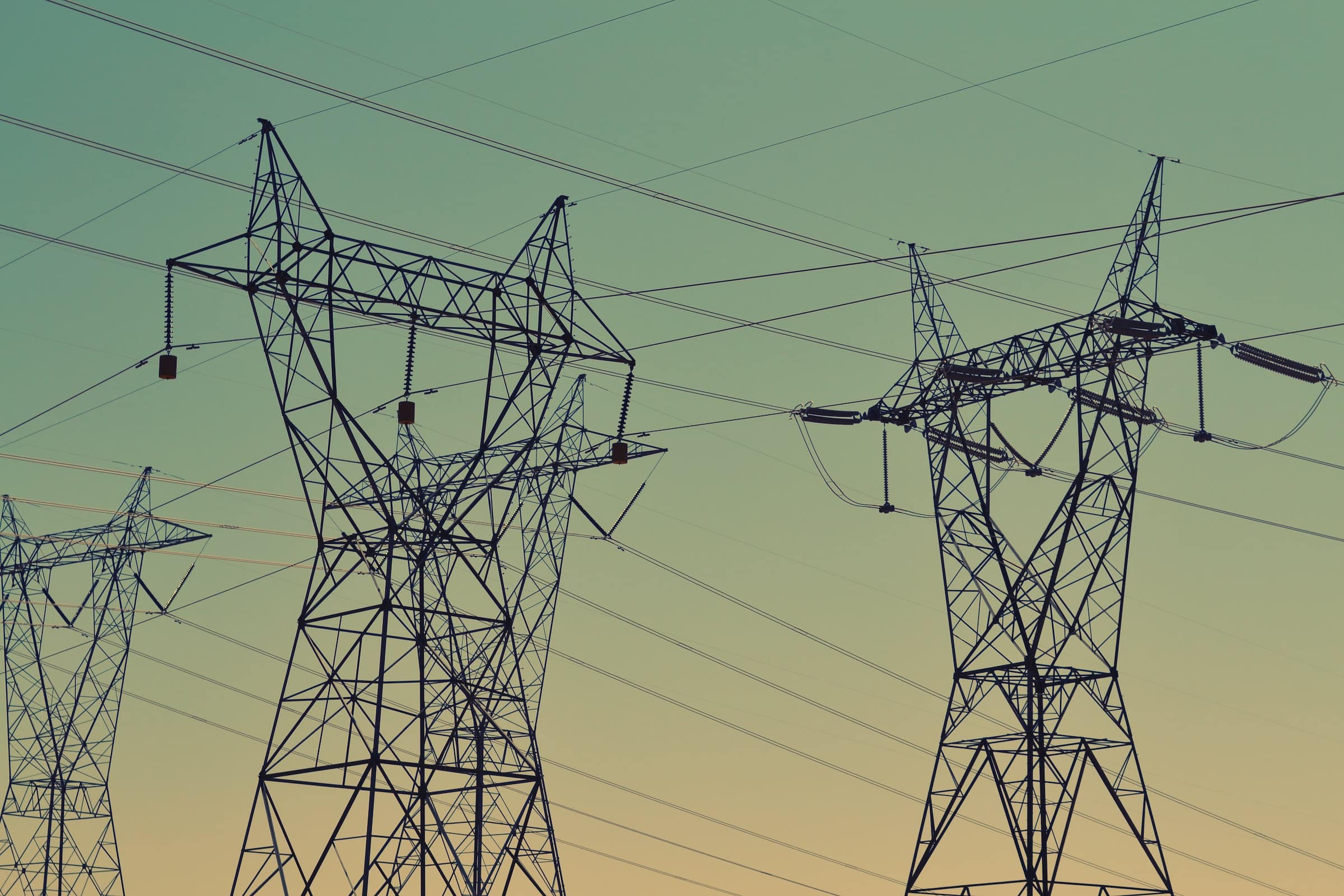Wednesday, February 22 (Washington, D.C.) — ACEG Executive Director Christina Hayes shared the following statement on FERC’s transmission planning rulemaking:
On Thursday, FERC approved reliability standards to address winterization of generation facilities in response to several extreme storms that have claimed hundreds of lives and cost more than $100 billion in recent years. While protecting generation is helpful, there is no reliability without larger and longer transmission delivery capacity. Generation will always be vulnerable to extreme heat, cold, limited cooling water due to drought, and other threats that tend to impact large quantities of generation at the same time. Time and time again, it is transmission that saves the day.
FERC must finish the job. FERC must require reliability planning in its final rule on transmission planning.
Reliability as a term of art in the electric industry takes many forms. Perhaps the most important form of reliability, which is too often not addressed, is in long term transmission planning. What demands will customers place on the system? What — and where — will resources on the system be? Planning to this future — reliably — must be required. To be sure, it will also be important for grid operators, regulators, and reliability authorities to focus on short-term operational reliability and near-term (1-3 year) upgrades to mitigate any reliability criteria violations. But the status quo in the industry includes very little long-term transmission planning for reliability.
As FERC Commissioner Allison Clements noted in response to concerns about extreme weather, the Commission must consider facilities that provide flexibility — “the whole solution set,” including increasing connectivity through new transmission development. Real world examples support her statement: During Winter Storm Uri, MISO and SPP were able to import approximately 13 GW of power from PJM, and had power outages lasting mere hours; in contrast, ERCOT was only able to import approximately 1 GW of power, and had outages lasting three days with dire consequences. The ability to import more power from other regions would literally have saved lives in Texas during that February 2021 storm. Further analysis was provided in a study released in October 2022 by GE and the Natural Resources Defense Council, which showed that unconstrained interregional transmission would result in few, if any, power outages during hypothetical extreme weather events modeled on recent real-world scenarios. Finally, in its recent Long Term Reliability Assessment, the North American Electric Reliability Corporation noted that there is currently insufficient transmission for large power transfers, noting that “transmission investment is important for reliability and resilience as well as the integration of new generation resources.”
Short-term fixes and after-the-fact regrets are not an adequate response. The most comprehensive way to meet the challenges posed by these ever-increasing extreme weather events is to bolster long-term planning of the bulk power system by requiring that reliability be integrated in transmission planning for the future in any final rule.



